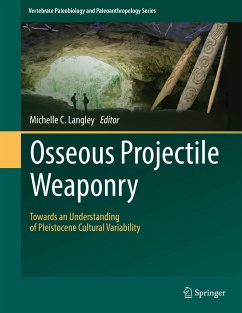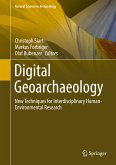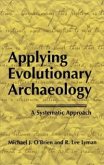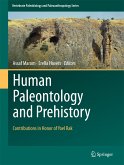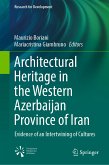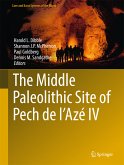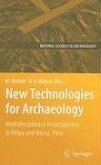This volume presents the current state of knowledge on the osseous projectile weaponry that was produced by Pleistocene cultures across the globe. Through cross-cultural and temporal comparison of manufacturing methods, design, use methods, and associated technology, chapters in this volume identify and discuss differences and similarities between these Pleistocene cultures. The central research questions addressed in this volume include: (a) how did osseous weaponry technology develop and change through time and can these changes be tied to environmental and/or social influences?; (b) how did different Pleistocene cultures design and adapt their osseous weaponry technology to their environment as well as changes in that environment?; and (c) can we identify cultural interaction between neighboring groups through the analysis of osseous weapons technology - and if so - can we use these items to track the movement of peoples and/or ideas across the landscape? Through addressing these three central research questions, this volume creates an integrated understanding of osseous technology during a vital period in Modern Human cultural development which will be useful for students and advanced researchers alike.
Dieser Download kann aus rechtlichen Gründen nur mit Rechnungsadresse in A, B, BG, CY, CZ, D, DK, EW, E, FIN, F, GR, HR, H, IRL, I, LT, L, LR, M, NL, PL, P, R, S, SLO, SK ausgeliefert werden.

